Turnips: Important Facts, Health Benefits, and Recipes
Explore the versatile world of turnips, their health benefits, history, and culinary uses in our ultimate guide to this nutritious and often-overlooked vegetable.
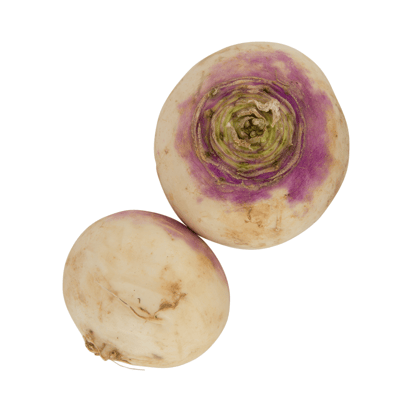
Best Turnips Recipes
-

-

-

-
:max_bytes(150000):strip_icc()/rumbledethumps-recipe-435824-Hero-1-bded22ad93c24f1796f2ffd5f30c1d2e.jpg)
-
:max_bytes(150000):strip_icc()/traditional-haggis-tatties-and-neeps-435600-hero-01-39f97aa3379742b4a6b7d3aa10828059.jpg)
-
-
:max_bytes(150000):strip_icc()/mashed-turnips-recipe-101858-hero-01-654b38f562564f94bf05039a2385a782.jpg)
-
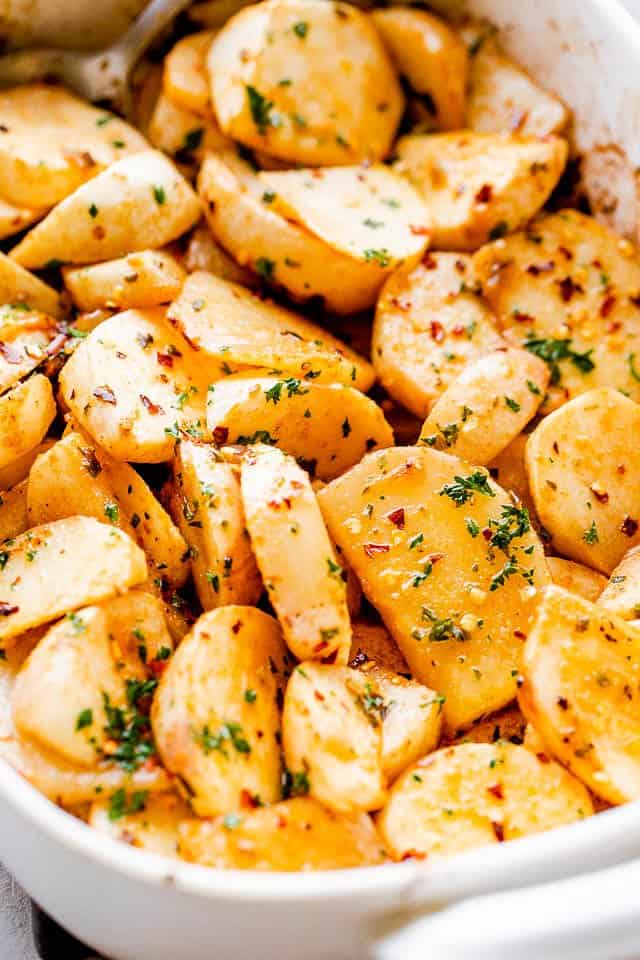
-
![Brussels Sprouts Mashed Turnips with Bacon Image]()
-
![Roast Goose Recipe, How to Roast a Goose Image]()
-
![Short-Rib Beef Stew with Ale Recipe Image]()
-
![Pressure Cooker Lamb Stew with Spring Vegetables Recipe Image]()
-
![Turnip Potato Soup Recipe Image]()
-
![Turnip and Potato Patties Recipe Image]()
-
![Creamed Turnips Recipe Image]()
-
![Turnip Gratin Recipe Image]()
-
![Roasted Root Vegetable Stew with Tomatoes and Kale Recipe Image]()
-
![Simply Delicious Roasted Turnips Recipe Image]()
-
![Succulent Roast Lamb With Root Vegetables Recipe Image]()
-
![Classic French Pot au Feu Recipe Image]()
-
![Easy French Lentils With Garlic and Herbs Recipe Image]()
-
![Classic Pot-au-Feu (French Boiled Beef and Vegetables) Recipe Image]()
-
![Dinner Tonight: Turnip 'Risotto' Recipe Image]()
-
![Pressure Cooker Pot-au-Feu (French Boiled Beef and Vegetables) Recipe Image]()
-
![Rabbit, Prune, and Onion Pie Recipe Image]()
-
![Beef Braised in Soy Sauce With Mixed Vegetable Recipe Image]()
-
![Traditional Irish Boiled Dinner Recipe Image]()
-
![Cheesy Muffin Tin Potato Stacks Image]()
-
![Middle Eastern Pickled Turnips Image]()
-
-
![Our Favorite Oven Roasted Vegetables Image]()
-
![Roasted Turnips Image]()
-
![Mashed Peppery Turnips Image]()
-
![Root Vegetable Pot Roast Image]()
-
![Turnip Soup Image]()
-
![Truly Tasty Turnips with Greens Image]()
-
![Turnip Souffle Image]()
-
![Pressure-Cooker Truly Tasty Turnip Greens Image]()
-
![Fall Vegetable Hash Image]()
-
![Root Vegetable Gratin Image]()
-
![Root Vegetable Hash Image]()
-
![Cheater's Vegetable Soup Image]()
-
![Pork Rib Roast with Winter Vegetables Image]()
-
![Roasted Root Vegetables and Herbs Image]()
-
![Cornish Beef Pasties with Burgundy Gravy Image]()
-
![Beef Broth Easy and Hearty Vegetable Soup Image]()
-
![7-Hour Roast Leg of Lamb Recipe Image]()
-
![Lamb Shank Stew with Root Vegetables Recipe Image]()



:max_bytes(150000):strip_icc()/__opt__aboutcom__coeus__resources__content_migration__simply_recipes__uploads__2009__12__roast-goose-horiz-a-1500-e781a3ad6dd945a085313b4ce1264ddb.jpg)
:max_bytes(150000):strip_icc()/__opt__aboutcom__coeus__resources__content_migration__simply_recipes__uploads__2012__09__short-rib-beef-stew-ale-horiz-a-1300-2b0b4acbe47943f890a1db89d3b6b118.jpg)
:max_bytes(150000):strip_icc()/__opt__aboutcom__coeus__resources__content_migration__simply_recipes__uploads__2019__04__Lamb-Ragout-LEAD-1-ac5fa1a2abc147b9acf8837c4ecb5132.jpg)
:max_bytes(150000):strip_icc()/__opt__aboutcom__coeus__resources__content_migration__simply_recipes__uploads__2005__03__turnip-potato-soup-horiz-a-1800-1203f4ea87f14e899f055ff4eaedd179.jpg)
:max_bytes(150000):strip_icc()/__opt__aboutcom__coeus__resources__content_migration__simply_recipes__uploads__2006__03__turnip-potato-patties-horiz-a-1800-e0f492e26d344194a3987f468e1d2d09.jpg)
:max_bytes(150000):strip_icc()/__opt__aboutcom__coeus__resources__content_migration__simply_recipes__uploads__2004__03__creamed-turnips-horiz-a-1800-66dd23188959475c8da055bd120e3420.jpg)
:max_bytes(150000):strip_icc()/__opt__aboutcom__coeus__resources__content_migration__simply_recipes__uploads__2009__11__turnip-gratin-horiz-a-1600-19e0e99c575d41b5b108e0373e1961eb.jpg)
:max_bytes(150000):strip_icc()/__opt__aboutcom__coeus__resources__content_migration__simply_recipes__uploads__2014__03__roasted-root-veg-tomatoes-kale-horiz-c-1600-6d73b5bbc8ef4d12a199ae54dd7cba65.jpg)
:max_bytes(150000):strip_icc()/roasted-turnips-2217054-11-5b0da8b23418c600389437c1.jpg)
:max_bytes(150000):strip_icc()/roast-lamb-with-root-vegetables-2216633-hero-1-d67ba7c4e8254db2837cfd8985558577.jpg)
:max_bytes(150000):strip_icc()/pot-au-feu-recipe-1375558-hero-01-f3857d25c541490c9f3bc855960b3068.jpg)
:max_bytes(150000):strip_icc()/__opt__aboutcom__coeus__resources__content_migration__serious_eats__seriouseats.com__recipes__images__2017__10__20170922-french-lentils-vicky-wasik-14-3d8fd1804b3a4809bf8d991510481dd1.jpg)
:max_bytes(150000):strip_icc()/__opt__aboutcom__coeus__resources__content_migration__serious_eats__seriouseats.com__2018__01__20171219-pot-au-feu-vicky-wasik-15-a39e4034c40649279cf0ce5ffc96e1f8.jpg)

:max_bytes(150000):strip_icc()/__opt__aboutcom__coeus__resources__content_migration__serious_eats__seriouseats.com__2018__01__20171219-pot-au-feu-vicky-wasik-11-2b3077e690e5467a912cacd0ed7d8df7.jpg)
:max_bytes(150000):strip_icc()/__opt__aboutcom__coeus__resources__content_migration__serious_eats__seriouseats.com__recipes__images__20100123-rabbitpie-0148a6537d884d53bb9f82a4c1194833.jpg)
/GettyImages-173297004-6095479d0002488ea3fcc6df8ab7225d.jpg)
:max_bytes(150000):strip_icc()/boiled-dinner-corned-beef-cabbage-183044382-5817a6893df78cc2e818efaf.jpg)
:max_bytes(150000):strip_icc()/Stocksy_txp68e9ef56Utl100_Medium_1251848-5a30249beb4d520036276fcd.jpg)
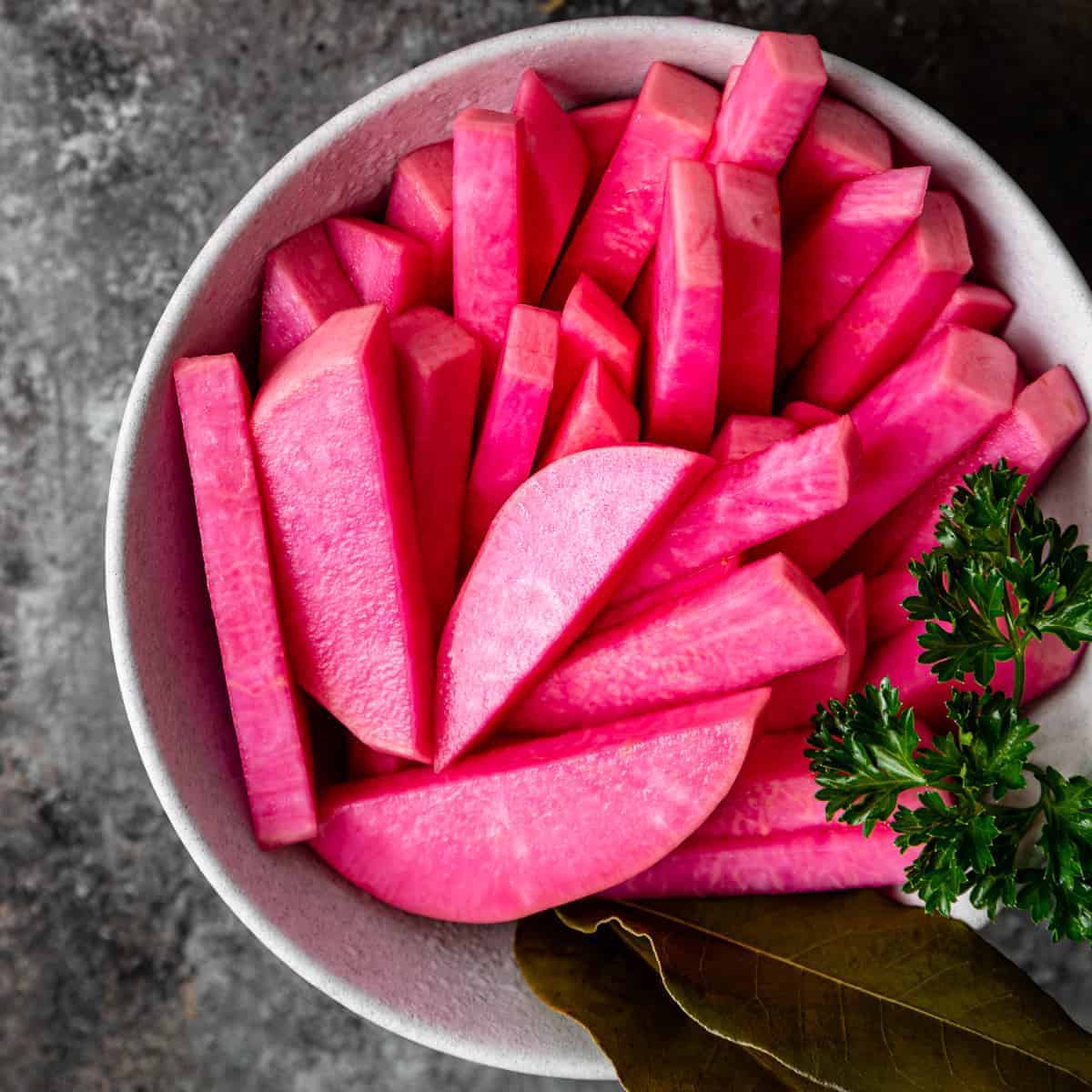
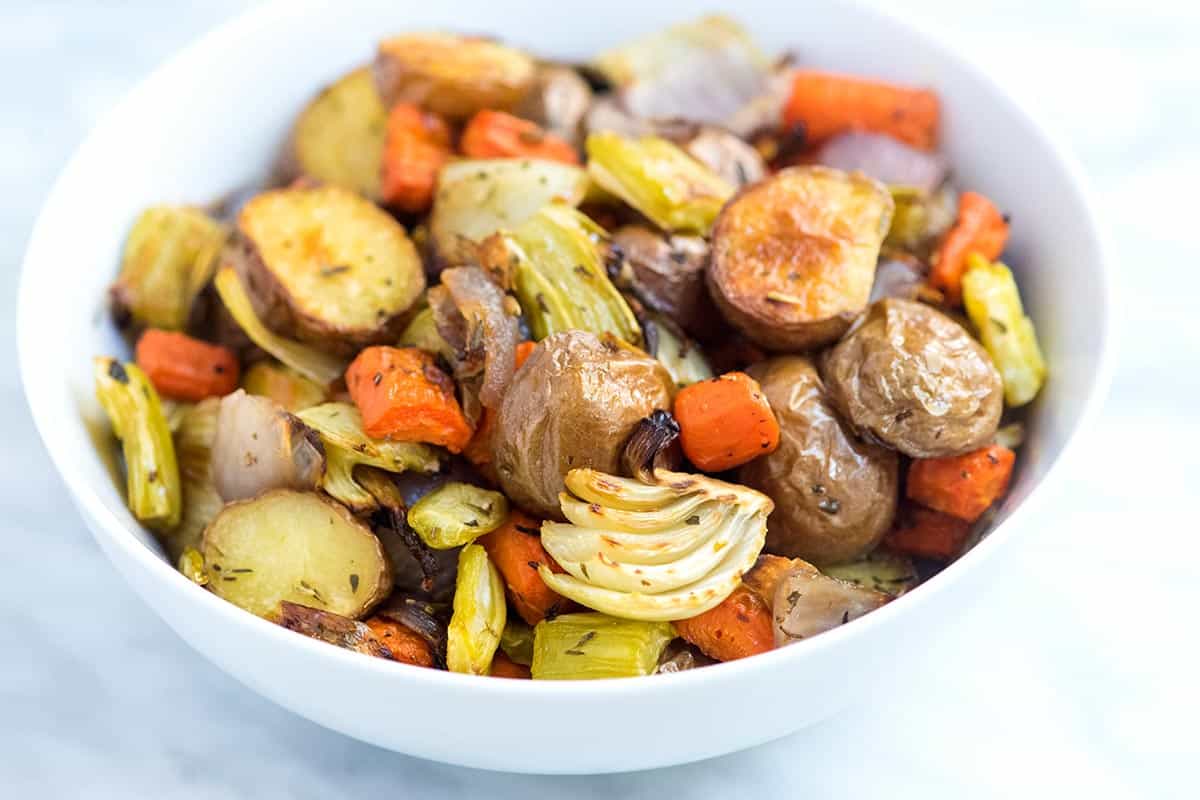








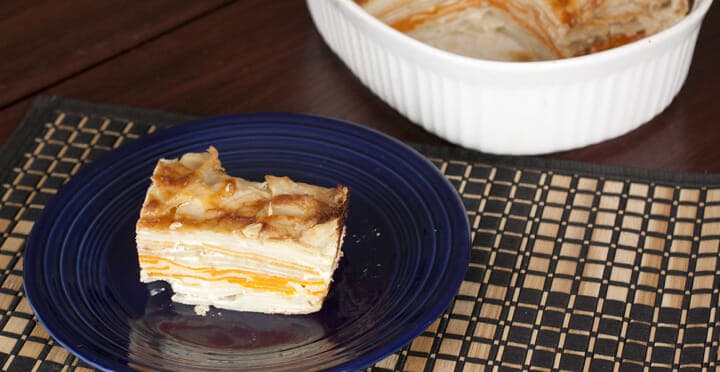

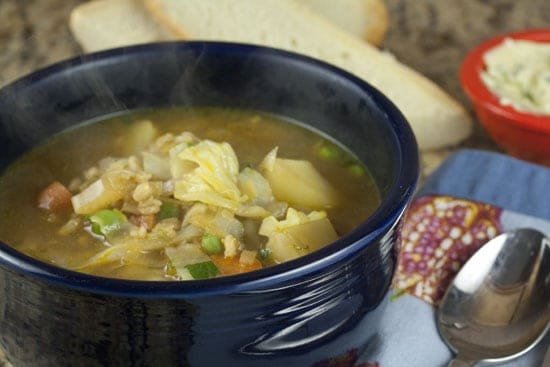



:max_bytes(150000):strip_icc()/easy-and-hearty-vegetable-soup-99538-hero-01-1d3b936ff03144af95ddca7640259c11.jpg)
:max_bytes(150000):strip_icc()/seven-hour-roast-leg-lamb-recipe-1375510-Hero_1-cd6ae1daf6a14f2bb6d11020ae27da5a.jpg)
:max_bytes(150000):strip_icc()/Simply-Recipes-Lamb-Shank-Stew-LEAD-08-13f387d857ce4a77a00c42ef2b065552.jpg)